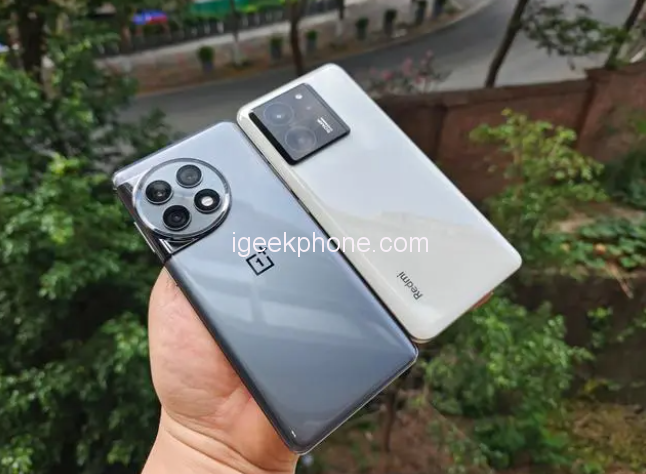Which of the two smartphones offers better value for money: the OnePlus Ace 2 Pro or the Redmi K60 Ultra? This has been a hot topic of discussion within online communities recently. Let me provide you with my perspective. If your budget allows, I’d recommend the OnePlus Ace2 Pro due to its superior configuration and overall user experience, which justifies the slightly higher price difference of 400 yuan. On the other hand, if you’re on a tighter budget, the Redmi K60Ultra could be a viable option, especially considering its affordable price and added IP68 rating.
Let’s delve into a comparison between the Redmi K60Ultra and the OnePlus Ace2 Pro:
Display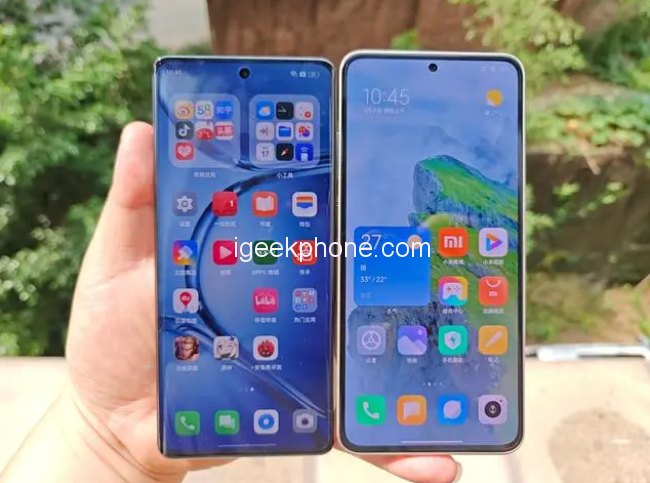
The Redmi K60Ultra and the OnePlus Ace2 Pro feature 1.5K resolution OLED screens. While the Redmi K60Ultra supports 12-bit color, a 144Hz refresh rate, and 2880Hz high-frequency PWM dimming, the OnePlus Ace2 Pro sports a 6.74-inch micro-curved screen with support for 1.07 billion colors and 2160Hz high-frequency PWM dimming.
On the whole, the Redmi K60Ultra boasts a slightly superior screen quality. However, it’s worth noting that the OnePlus Ace2 Pro opted for an ultra-thin under-screen fingerprint technology instead of the same short-focus fingerprint utilized by the Redmi K60Ultra. This choice, though costlier, results in a more expansive recognition area and a better-wet screen unlocking experience, further improving the overall user experience.
Hardware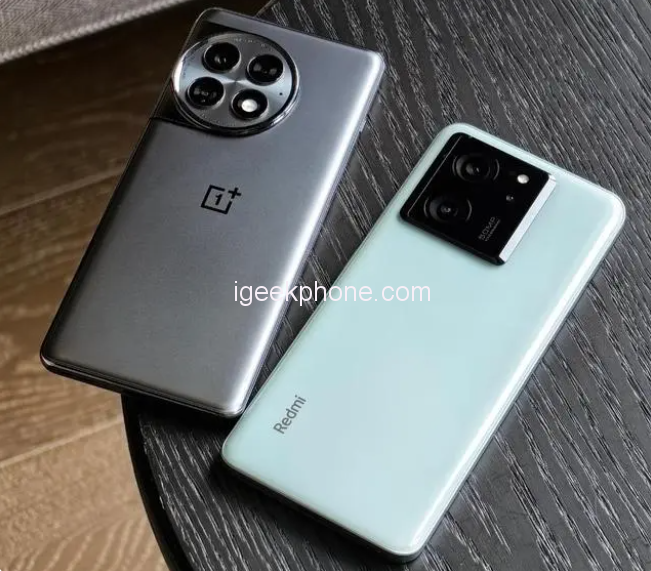
The most notable distinction between these two models lies in their processors.
The OnePlus Ace2 Pro has the Snapdragon 8GEN2, while the Redmi K60Ultra utilizes the Dimensity 9200+. Both of these chips are positioned as flagship-grade processors. Despite the claims regarding the prowess of the Dimensity 9200+, real-world experience reveals that the Snapdragon 8GEN2 has a slight performance advantage in both extreme and power efficiency. This distinction becomes more apparent as the ambient temperature rises.
Furthermore, both phones incorporate the X7 dedicated graphics chip. The OnePlus ACE2 Pro features a larger VC vapor chamber and a higher-quality processor. Consequently, the gaming temperature control performance of the OnePlus Ace2 Pro surpasses that of the Redmi K60Ultra. The OnePlus Ace2 Pro also boasts a frame stabilization engine, superframe, and picture engine, and a game cloud private network. Despite the slight screen curvature, its customized super-sized X-axis linear motor contributes to an enhanced gaming experience compared to the Redmi K60Ultra.
Cameras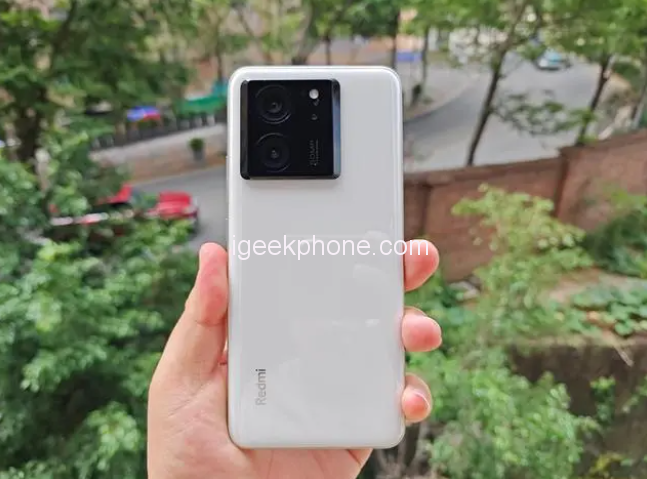
While the lens specifications of the Redmi K60Ultra and the OnePlus Ace2 Pro vary slightly, they are relatively comparable. The Redmi K60Ultra holds a slight edge in terms of lens specifications for both its front-facing and rear-main cameras. Xiaomi’s Imaging Brain 2.0 enhances image quality, though it falls slightly short in night scene photography.
The OnePlus Ace2 Pro boasts a 50-megapixel primary camera with a Sony IMX890 sensor on the rear. It benefits from OPPO’s flagship image algorithm, improving overall performance, particularly in portrait photography.
Battery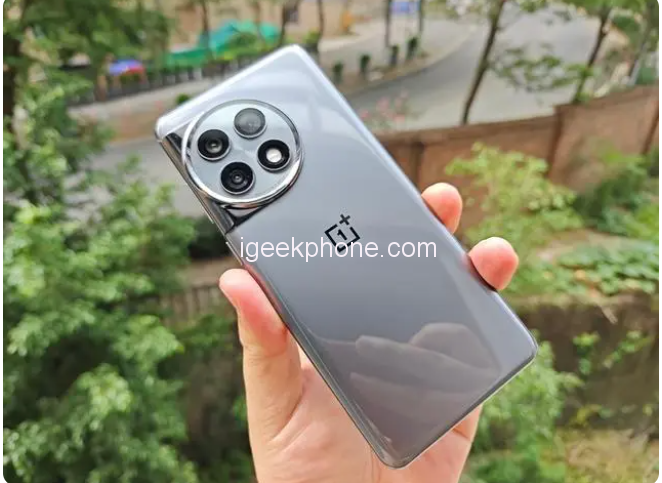
The Redmi K60Ultra and the OnePlus Ace 2 Pro are powered by 5000mAh batteries. The Redmi K60Ultra supports 120W flash charging, while the OnePlus Ace2 Pro utilizes 150W flash charging, boasting faster battery recovery speed. Moreover, while the OnePlus Ace2 Pro is marginally thicker than the Redmi K60Ultra, its superior texture and craftsmanship contribute to better device quality overall.
Conclusion
In conclusion, the Redmi K60 Ultra is a worthy contender if you prioritize cost-effectiveness. Notably, it’s also Redmi’s debut IP68-rated phone. Each model offers distinct advantages in performance, screen quality, camera capabilities, and charging speed. However, the OnePlus Ace 2 Pro stands on par with flagship devices due to its premium texture and craftsmanship. These differences underscore why they were highlighted as two phones catering to different market segments during the press conference.
Read Also: Redmi K60 Ultra vs OnePlus Ace 2 Pro: Which Flagship Killer is Better?

.jpg)








